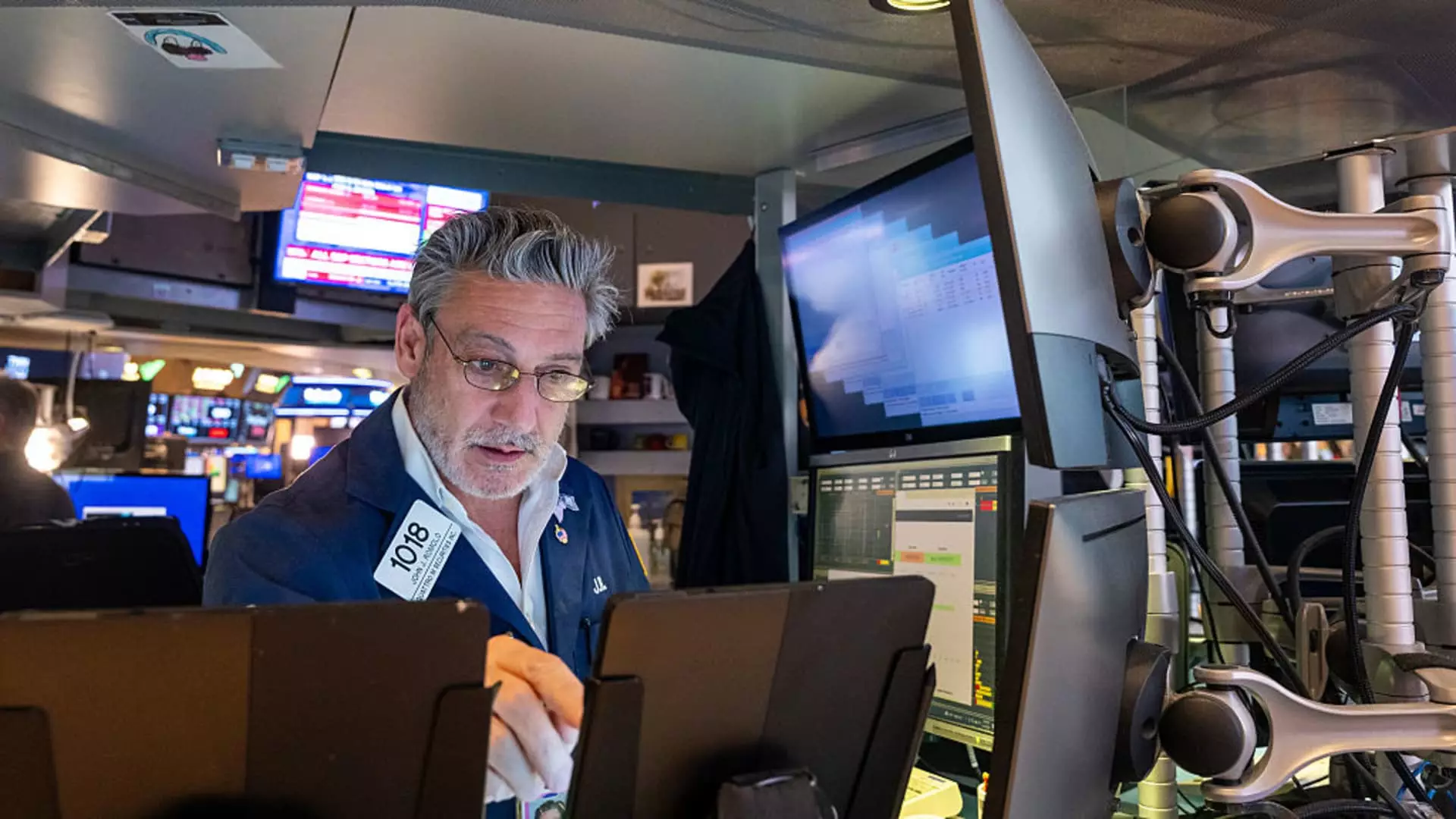As economic uncertainty ripples through various sectors, defense stocks have emerged as underdogs, outperforming most other industries during these tumultuous times. With trade tensions escalating and tariffs looming, many investors are understandably anxious. However, amid this financial chaos, companies in the defense sector are not merely surviving; they’re thriving. The recent events in the stock market provide a clear indicator of this trend. While the broader market fluctuated wildly due to President Trump’s recent tariff announcements—witnessing an astonishing 9% rise one day followed by a 3.5% drop the next—defense stocks have held their ground. This disparity raises a critical question: what are the underlying factors propelling this apparent resilience?
Domestic Operations as a Protective Shield
One of the most compelling reasons for the outperformance of defense stocks is their strong domestic operational focus. Firms like Huntington Ingalls and Lockheed Martin predominantly operate within U.S. borders, insulating them from international tariffs. Sheila Kahyaoglu, a Jefferies analyst, emphasizes this point, noting that a significant percentage of their production occurs domestically, thereby avoiding the adverse effects of potential tariffs. This domestic-centric model is a strategic advantage in times of heightened trade tensions, allowing these companies to sidestep financial pitfalls that have ensnared their international counterparts.
It’s essential to recognize that in the current trade climate, foreign competitors may find it increasingly challenging to penetrate the U.S. market. As geopolitical tensions rise, companies that rely heavily on domestic production will likely continue to gain favor among investors. In this chaotic landscape, they represent reliability where others exhibit volatility.
Government Spending and Budget Increases
Another crucial factor driving the success of defense stocks relates to government spending on national security. The Trump administration’s proposed budget for Fiscal Year 2026 aims to exceed $1 trillion for defense—marking an unprecedented allocation. This significant increase is bound to inject capital into the industry, fostering growth for companies aligned with military needs. Analyst Gordon Haskett highlights this proposal as a significant catalyst behind the upward trajectory of defense stocks, reinforcing the notion that national security will likely remain a bipartisan priority.
Additionally, the consistent emphasis on military inventory replenishment and advancements in technological capabilities ensures a steady flow of contracts, allowing these companies to flourish despite general market instability. When the government prioritizes defense, it creates a self-sustaining cycle, benefiting both the companies involved and the stakeholders who invest in them.
Global Instability Fuels Demand
Rising global political instability—especially in regions like the Middle East and Pacific Rim—acts as a tailwind for the defense sector. The unpredictability inherent in international relations means that countries will prioritize their military readiness, thereby boosting contracts for defense firms. Tony Bancroft, a portfolio manager, points out that this political climate augurs well for defense stocks. As nations grapple with threats, they are more likely to allocate resources toward their military, ensuring that companies in this space will enjoy steady demand.
This irony isn’t lost on investors: as fears of conflict loom large, defense businesses appear not just stable but also essential. It’s a disturbing but undeniable fact that historical patterns show the defense industry often flourishes during times of unrest.
Investment Strategies Amidst Volatility
For investors, the current climate poses both challenges and opportunities. While some sectors suffer due to tariffs and economic instability, defense stocks have become a safe harbor. Names such as Northrop Grumman and L3Harris have captured analysts’ attention for their operational strengths and alignment with government interests. Kristine Liwag from Morgan Stanley and Douglas Harned from Bernstein have both noted that these companies might outperform, given their ability to secure contracts that align with evolving defense priorities.
Additionally, companies like Huntington Ingalls stand out, showcasing remarkable growth amidst political support for shipbuilding. This rising tide could vastly enhance shareholder value, creating an environment where investments may yield considerable returns despite broader market headwinds.
The unfolding events in the financial market undeniably reveal a paradox: while anxiety permeates various sectors, defense stocks shine with apparent strength and resilience. Their domestic focus, significant government backing, and the ever-increasing demand for military preparedness position them as favored investments in uncertain times. For astute investors, this sector offers not just refuge but also a compelling narrative of growth amid chaos.

